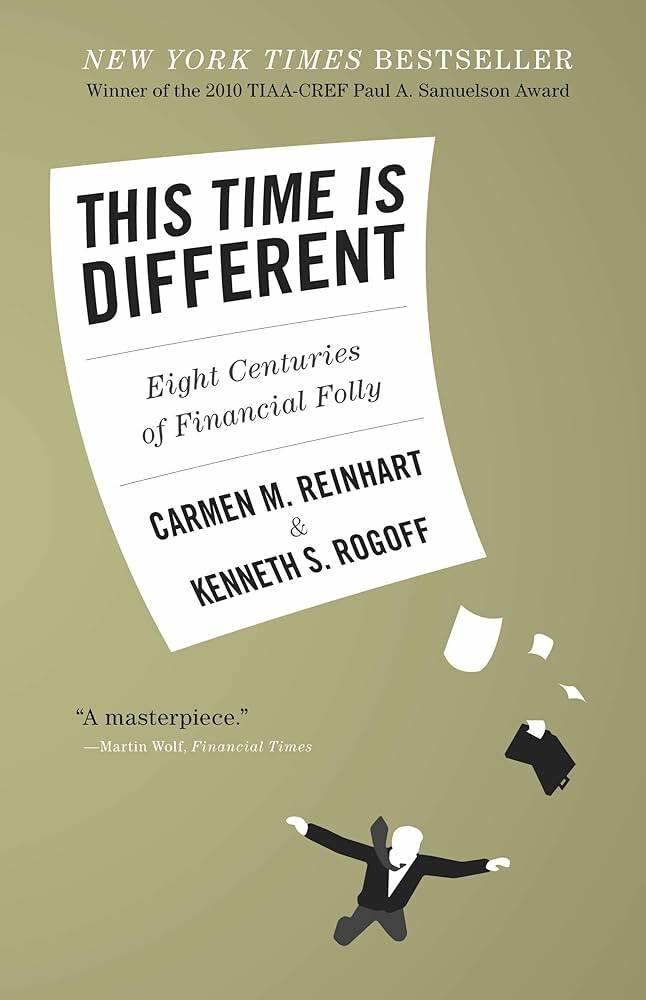Financially firghtful times
Sending shivers through portfolios and haunting household budgets
Advertisement
Read this article for free:
or
Already have an account? Log in here »
To continue reading, please subscribe:
Monthly Digital Subscription
$0 for the first 4 weeks*
- Enjoy unlimited reading on winnipegfreepress.com
- Read the E-Edition, our digital replica newspaper
- Access News Break, our award-winning app
- Play interactive puzzles
*No charge for 4 weeks then price increases to the regular rate of $19.00 plus GST every four weeks. Offer available to new and qualified returning subscribers only. Cancel any time.
Monthly Digital Subscription
$4.75/week*
- Enjoy unlimited reading on winnipegfreepress.com
- Read the E-Edition, our digital replica newspaper
- Access News Break, our award-winning app
- Play interactive puzzles
*Billed as $19 plus GST every four weeks. Cancel any time.
To continue reading, please subscribe:
Add Free Press access to your Brandon Sun subscription for only an additional
$1 for the first 4 weeks*
*Your next subscription payment will increase by $1.00 and you will be charged $16.99 plus GST for four weeks. After four weeks, your payment will increase to $23.99 plus GST every four weeks.
Read unlimited articles for free today:
or
Already have an account? Log in here »
Hey there, time traveller!
This article was published 28/10/2023 (767 days ago), so information in it may no longer be current.
The parade of monsters this Halloween season can’t hold a candelabra to the truly terrifying creatures of finance.
Indeed, a recent survey playfully suggests just that.
The PC Financial poll found six in 10 respondents in Canada find it more frightening to review their last six months of expenses than watching a scary movie. As well, one in four would rather deal with zombies than meet a financial planner, and 57 per cent would rather spend a night in a haunted house than look at how much they spend on takeout.

“I thought it was crazy that even people are afraid to look at how much they spend on takeout,” says Jackie Porter, certified financial planner, Carte Wealth Management Inc. in Mississauga.
Then again, she adds, these are indeed financially frightful times.
High inflation, rising interest rates and volatile markets are like rampaging monsters reaping mayhem on Canadians’ finances.
Given Halloween is nearly here, the following mages of money have offered up their most terrifying cash-eating creatures of finance that haunt household budgets year-round.
Vampires that drain the blood from your budget
It’s so easy to sign up for recurring goods and services online in exchange for a seemingly modest monthly fee. Yet those outlays can slowly drain people of their financial lifeforce.
“They’re kind of like energy vampires only with your money,” Porter says.
The best way to counter this draining impact isn’t garlic, but rather a hard look at monthly bank statements to inform and defend against accumulating micro-payments—like the streaming TV service that’s hardly used. It’s not just monthly subscriptions; it’s a general lack of awareness of where money is going.
“The average person doesn’t know, and they’re actually scared to know.”
But those who dare, are better for it, Porter adds.
“Understanding where your money is ultimately empowering, but deciding to get out of the cobwebs of your mind—that’s the scary part.”
The scariest phrase an investor can hear
History may not be on a repeating loop like the premise of a Twilight Zone episode.
But exhuming buried past facts can help ward off bad spirits of the present, whispering in frightened investors’ ears that, ‘This time, it’s different,’ says Hardev Bains, chief investment officer with Lionridge Capital Management Inc.
“It’s actually the title of a book, but it’s a term used often in the industry.”
The full title of the namesake book by two legendary U.S. economists Carmen M. Reinhart and Kenneth S. Rogoff is This Time Is Different: Eight Centuries of Financial Folly, and it focuses largely on financial crises and how each one seems unique when, in fact, they often bear common traits.
What’s more, frightened investors generally do the same thing over and over because of them: buy high and sell low.

This Time Is Different
Bains notes the concept is especially applicable for over-hyped financial assets like cryptocurrency before the bottom falls out.
Either way, “when you hear someone say those words, run the other way.”
Beware of the black swan
Swans are magnificently beautiful, except for financial black swans, says Jessica Moorhouse, an Ontario-based money expert and host of the More Money Podcast. “Black Swans are unpredictable yet catastrophic events that can have a severely negative impact on the economy and stock market.” Examples of a black swan are the 2008 Financial Crisis and the pandemic. Yet as the previously mentioned book about financial crises belabours, black swans are not as unique, or rare as they might seem. Indeed, Moorhouse notes they occur with relative frequency: the dot-com crash of the early 2000s, the Flash Crash of the early 2010s and the most recent post-pandemic inflation/rate hike torture chamber.
These zombies don’t crave brains
In the world of finances, the undead are alive and unwell. Except they’re not living on fresh human flesh. They’re dining on the dollars of the oblivious investor. They come in many forms from zombie funds to zombie companies—already dead assets eating the unsuspecting investor’s capital as they lurch through markets. But most ghastly of all are zombie portfolios, says Rob Tétrault, portfolio manager with Tetrault Wealth Advisory Group, Canaccord Genuity Corp. in Winnipeg.
“These are portfolios that have no strategic vision, no personalization, no direction, brutal asset allocation and lack of oversight,” he says. Never re-adjusted and always underperforming, these zombies infect the investments of “huge portions of the Canadian population” who are unaware until it’s too late, he adds.
The ghouls of global GDP
These beasts may not have the foul appearance of a typical monster. In fact, the fiends in question often seem more fair than fanged, says Kelley Keehn, best-selling author and founder of Money Wise Workplaces.
“Fraudsters are lurking around every corner these days trying to find ways to separate hard-working Canadians from their money,” says the author of Talk Money to Me: How to Save, Spend, and Feel Good About Your Money During COVID and Other Times of Financial Distress.
And as of June 30, they have pilfered an estimated $283 million from Canadians, the Canadian Anti-Fraud Centre statistics show. Globally, fraud and cybercrime are metastasizing menaces. According to Cybersecurity Ventures, cybercrime’s impact could reach US$13 trillion annually by 2025, or about a 10th of global GDP (gross domestic product).
The most “sinister spot,” of course, is social media seeking where fraudsters seek to befriend, fool and defraud the innocent, Keehn adds.
“Thieves thrive on hoodwinking users, safe in their homes on their smartphones, not realizing the person they’re conversing with could be a fraudster.”
In short: BEWAARRE!


